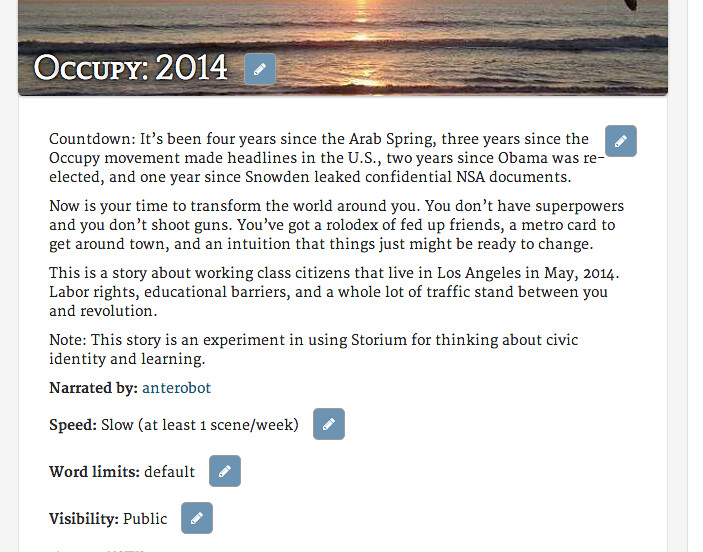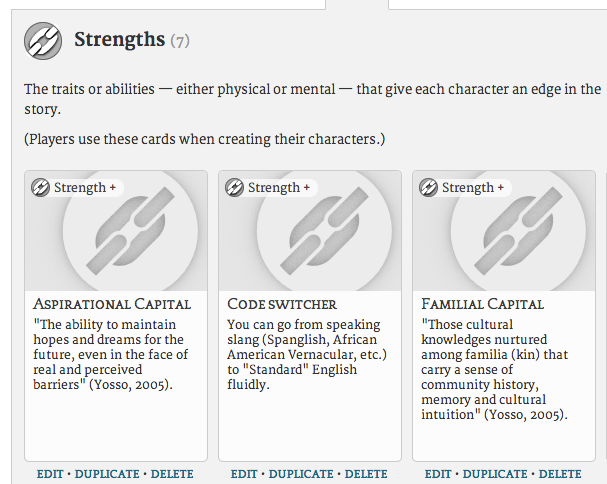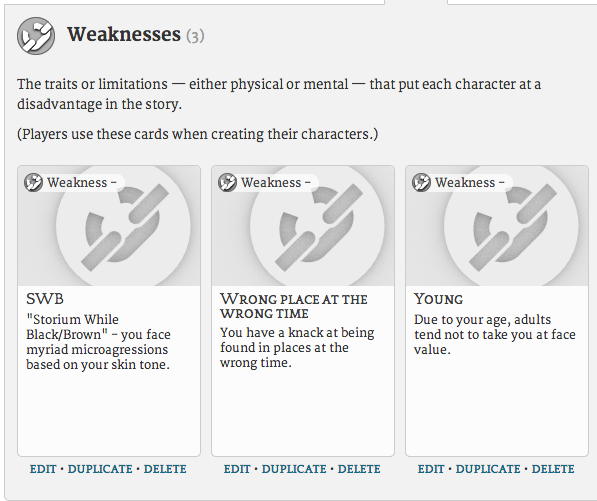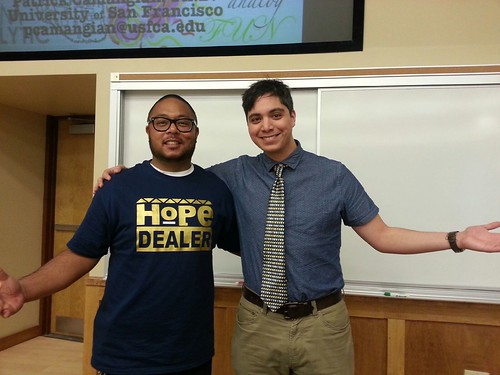Last month, Peter Carlson and I presented our work on critical use of comics in K-12 learning contexts at the San Diego Comic-Con. Cribbing from an email Peter sent out to teachers after our presentation, this post has a bunch of links to materials we shared at our session.
- First, if you’re interested in listening to the entire presentation you can do so by downloading the mp3 here. (Apologies that Peter and I present in active-teacher-mode, which means we tend to wander and are never really close to the microphone).
- Similarly, the slides for the presentation can be viewed here. (This file is a big one – mainly pictures that lack the context without listening to the audio. You may be better suited sticking with the handouts below).
- Here’s the handout we distributed to teachers at the panel.
- And here’s a list of graphic novel and resources created by Jennifer Freeman, an educator we met at the Denver Comic-Con. Jenn’s doing awesome work in Denver and we hope to work with her again in the future.
As we mentioned in San Diego, we hope to push the dialogue regarding comics in the classroom beyond the simple question of whether or not comics should be allowed. These resources should help push past that argument into more critical planning and implementation of comics in the classrooms.
We’re going to continue the dialogue around comics in classrooms throughout the year. Updates will be posted here and Peter and I have been using the twitter hashtag #ComicEd to discuss comic books as well; join us!
Finally, we are in the process of building a Teacher’s Workshop for next year’s Comic Con International. This would be place to discuss and then build units and lesson plans involving comics and graphic novels. We’re aiming for the Wednesday before preview night at CCI. If you are interested in attending such a workshop and the possibility of corresponding course credits, let me know. This feedback will aid our proposal for the required time and space.







